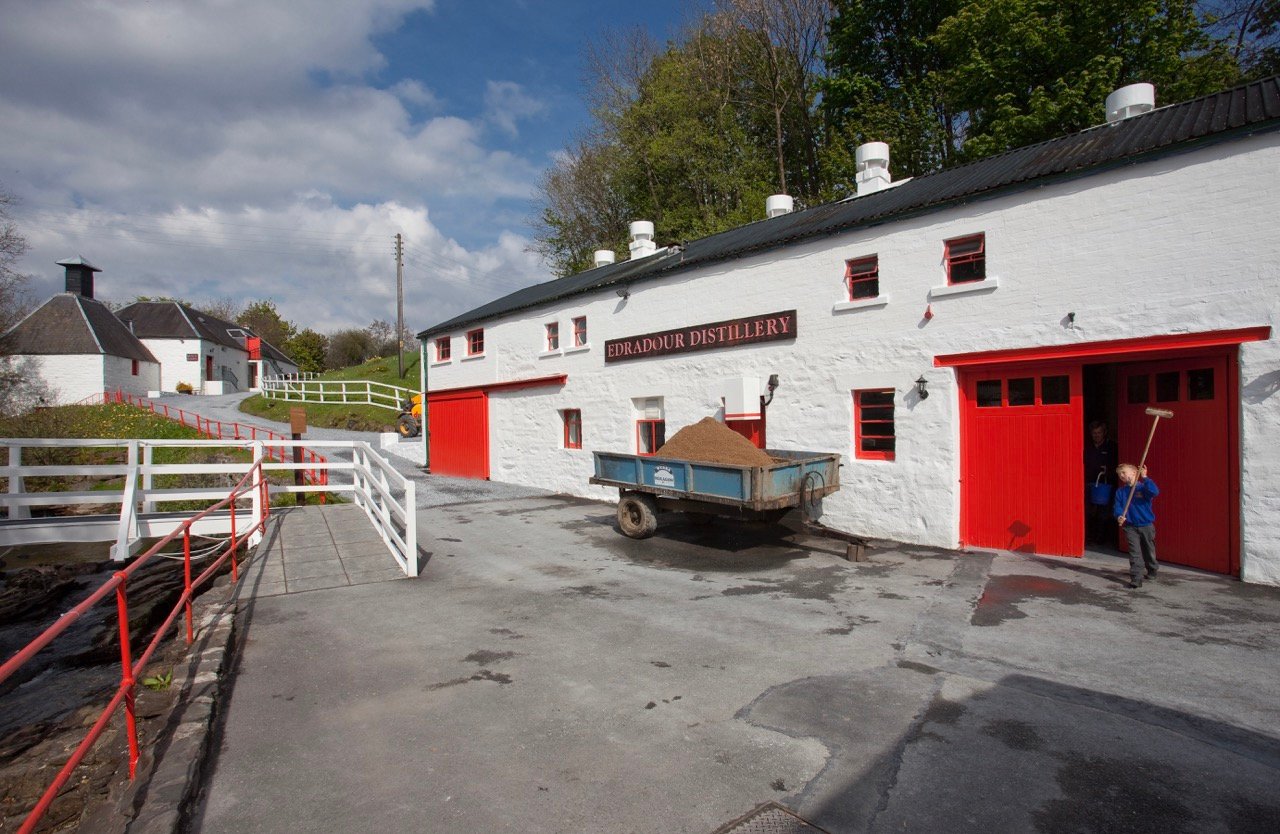May Outturn 2023 Article
The Scotch whisky industry is currently in the middle of an era. Quite what that era will be defined or described as won’t become clear for another decade or two. For it is usually with the benefit and experience of hindsight that we can apply such labels. For example, the period that followed the industry’s catastrophic downturn and distillery closures of the mid-1980s came to be defined 10 to 15 years later as the era of the so-called “whisky loch”, due to the huge amount of excess, aged stock sitting around unloved. Similarly, the application of the term “boom” to any era (e.g. the late 1800s was a boom time for whisky sales and distillery construction), usually has relative context because it was followed by a corresponding “bust”. (Such as the Pattison-triggered crash in 1898 that followed the boom).
So how shall the 2010s and early 2020s be looked upon and labelled in years to come? It is clearly a time of tremendous enthusiasm and growth: No less than 31 new distilleries were founded and commenced operations in Scotland between 2010 and 2020. Compare this to the state of play in 1999 when roughly 95 distilleries were operating. The last decade has thus seen 30% growth in the number of whisky distilleries!
Of course, the big change here is not just the number of distilleries, but also their relative scale. At one end of the spectrum, many of the older and long-established distilleries have undergone massive expansion programs, increasing their numbers of mash tuns, washbacks, and stills to greatly increase their output. There are now five distilleries each capable of producing over 12 million litres of alcohol per annum — the two largest of which can each now produce up to 21 million litres. (For comparison, in 2011, the largest malt distillery in Scotland had a capacity of 10.5 million.) At the other end of the spectrum — and where the majority of the newer 31 distilleries sit — there is now a new wave of smaller distilleries, with production capacities varying between 20,000 litres and 400,000 litres. Again, purely for context: Consider that Edradour, the distillery that used to market itself for so many years as the “smallest distillery in Scotland” used to have an annual capacity of 90,000 litres. Today, there are no less than 17 distilleries with smaller production capacities than Edradour! (Although, for full context, Edradour has now increased its output to 240,000 litres).
Hopefully, the message wasn’t lost in the telling of those numbers. There is now, evidently, a market for the smaller, dare I say “craft” distilleries in Scotland, and there are plenty of independent operators, partnerships, and consortiums prepared to back a new venture. The newer distilleries are capitalising on more modern and energy-efficient production methods, and also innovating with brand partnerships and visitor centre offerings that form part of the business model. Incorporating other spirits into the distillery’s production (e.g. gin) has also allowed a new model to flourish. It is a far cry from the consolidation of the 1980s and 1990s when a mere handful of entities owned and controlled the majority of distilleries. Meanwhile, the international growth of the big brand blends (the Johnnie Walkers, Ballantines, Chivas Regals, etc), plus demand for the high-profile single malt brands, is fuelling unprecedented production levels across the board.
Where will all this lead to? Historically, previous experience tells us that a “bust” is on the way…it’s been the circle (or cycle?) of life for Scotch for 200 years. However, we’ve been saying a bust is on the way for over 10 years now, and yet there are no signs of slowing. Global thirst for the product continues to increase; new markets continue to open up; and a general affluence across consumerville means plenty of people are splashing out and expanding their whisky purchases. Note also that this is not limited to Scotch whisky – similar growth and expansion is evident in the Irish whiskey industry, as well as in North-American brown spirits. Witness also the explosion in the number of Australian distilleries to have been founded in the last five to eight years. Your Society has also been intrinsically enveloped in all this growth – there has been significant investment in the last five years to secure stock and lay down new fillings to sustain our membership’s needs well into the future.
How long will it last? Well, your crystal ball is as good as mine, and it seems neither the optimists nor the pessimists can point to anything concrete. Even if you take the glass half-empty position….a half Society tasting glass is still a generous dram!
Cheers,
AD
This article is featured in May 2023 Outturn — bottles will be available to purchase on Friday the 5th of May at midday AEST exclusively to members of The Scotch Malt Whisky Society. Not a member? Click here to learn more about the world’s most colourful whisky club.








